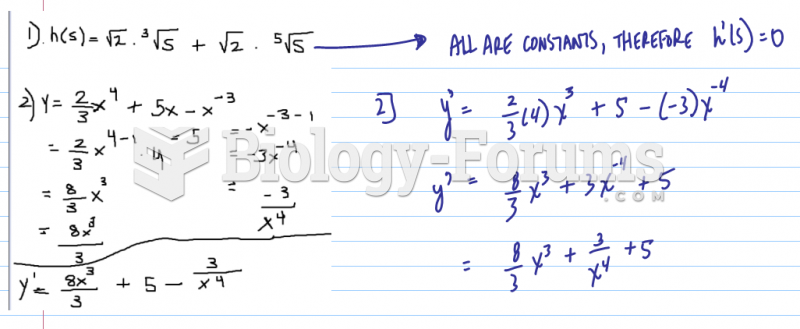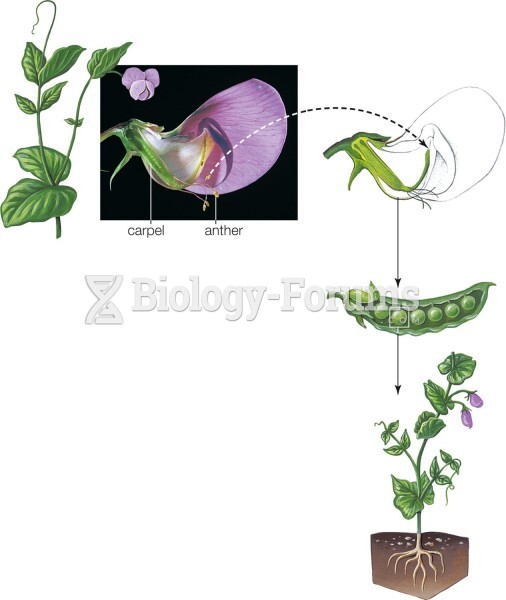Answer to Question 1
A nuclear power plant boils water to make steam to turn a turbogenerator. The technology differs from other (non-hydro) electrical generating plants in the source of the energy used to boil water.
Fission is used to produce the energy in a nuclear power plant. In fission, a large atom of one element is split to produce two smaller atoms of different elements. Uranium-235 is the heavy atom used in the fission process. A neutron hits the nucleus of uranium-235, causing the release of neutrons and creating new daughter elements. In a nuclear power plant, the quantity and speed of neutrons is controlled so the reaction rate is controlled. Control rods, inserted into the reactor core, absorb neutrons, thereby controlling the rate of the fission chain reaction. The moderator slows the speed of neutrons. The heat generated from fission is absorbed by water, usually in a double-loop system, and steam is generated.
Answer to Question 2
R-strategists (r-selected species) produce massive numbers of young, but then leave survival to the whims of nature. On the other hand, K-strategists (K-selected species) have a much lower reproductive rate (that is, a lower biotic potential), but then care for and protect the young until they can compete for resources with adult members of the population.
R-strategists are called so because they usually have high r values (the number of offspring that individuals can produce in a given amount of time if resources are unlimited). K-strategists are named as such because their population sizes are more likely to fluctuate around the carrying capacity, termed K.







